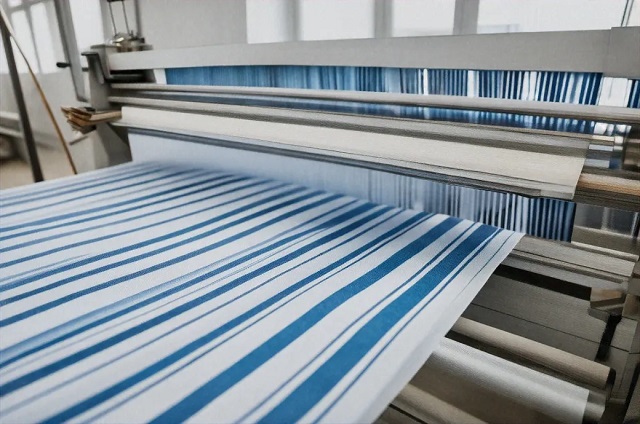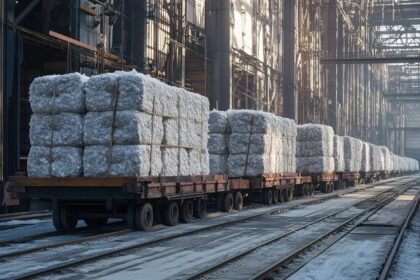A new study led by Warren Jasper, professor at the Wilson College of Textiles in the United States, offers a major breakthrough in reducing waste in textile manufacturing by applying machine learning to one of the industry’s most persistent technical challenges: predicting the final color of fabrics during the dyeing process.
The research, conducted alongside co-author Samuel Jasper, focused on the long-standing problem of color inconsistency between wet and dry fabric. Because fabric is dyed while wet but judged by its final appearance when dry, manufacturers often face delays and costly errors due to the time it takes for color shifts to become apparent. These color changes are non-linear and highly dependent on specific dye formulations and fabric conditions, making traditional prediction methods unreliable.
To solve this, Jasper and his team developed and tested five machine learning models trained on 763 fabric samples dyed in a range of colors. The study found that all five models outperformed conventional approaches, with a neural network model achieving the highest accuracy. It recorded a median CIEDE2000 color error of 0.7, well below the industry’s acceptable threshold of 1.0, while traditional methods showed errors as high as 13.8.
The neural network’s ability to predict dry color appearance from wet samples marks a significant advancement for dye houses and textile mills, where errors in coloration typically result in significant material loss and reprocessing time. Jasper emphasized that the slow adoption of machine learning in the textile industry has left a gap in efficiency and sustainability, but studies like this signal a turning point.
With continuous dyeing accounting for more than 60% of dyed fabrics worldwide, the integration of accurate predictive models stands to have a substantial impact on reducing waste and improving production reliability. Jasper urged the industry to accelerate its embrace of advanced technologies that offer both economic and environmental benefits.






